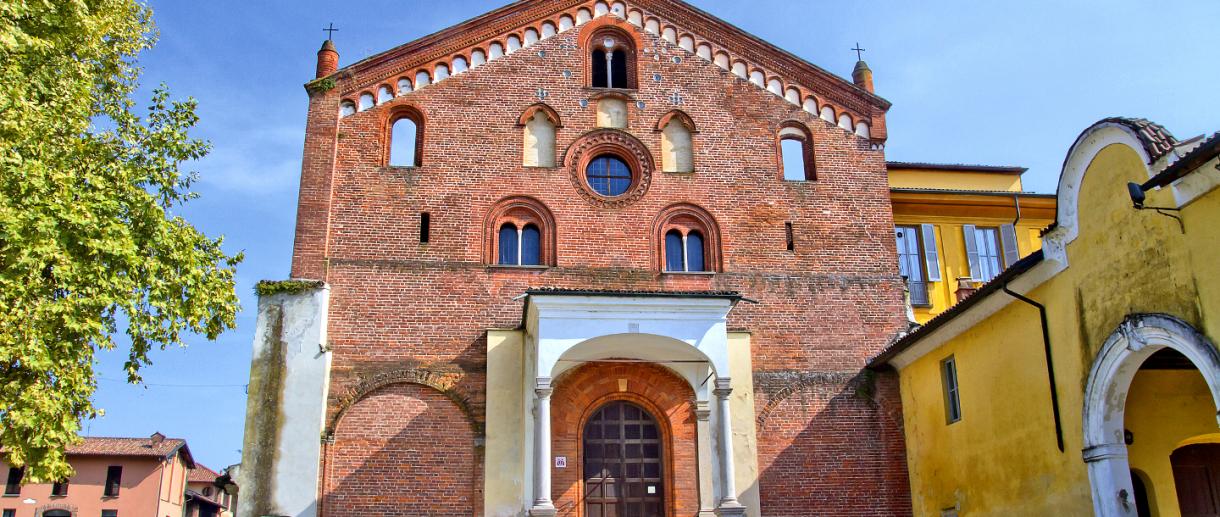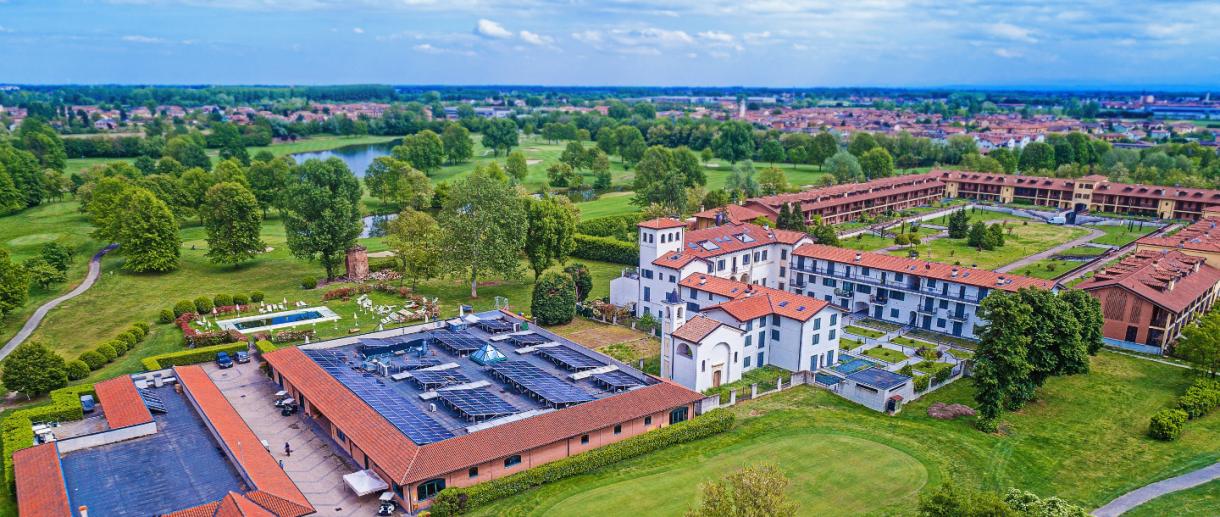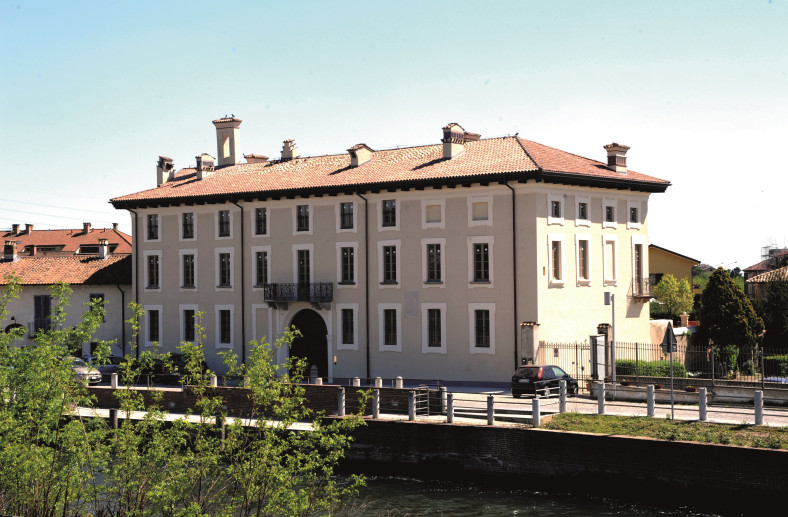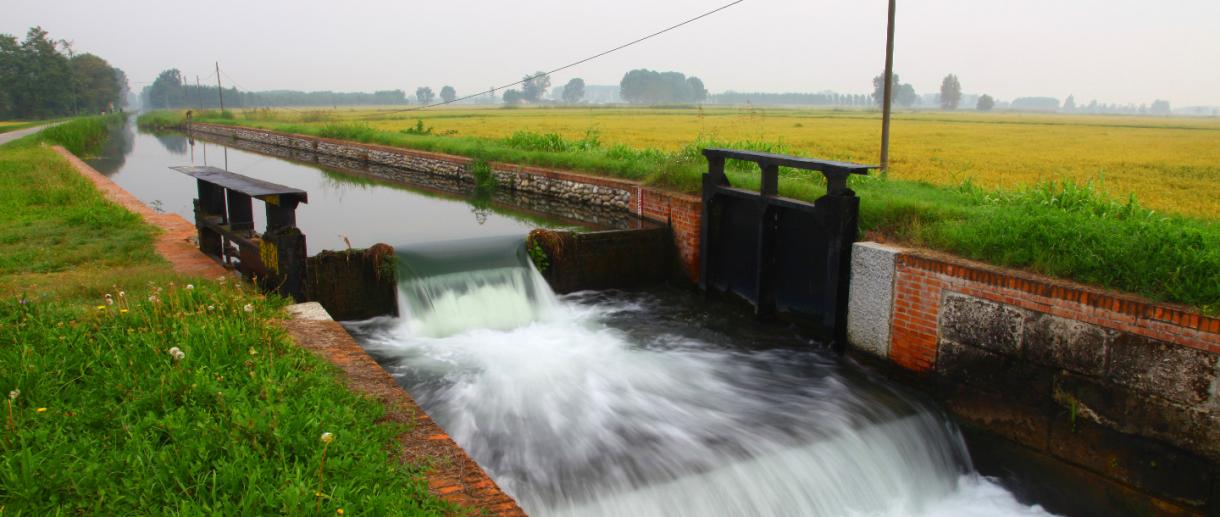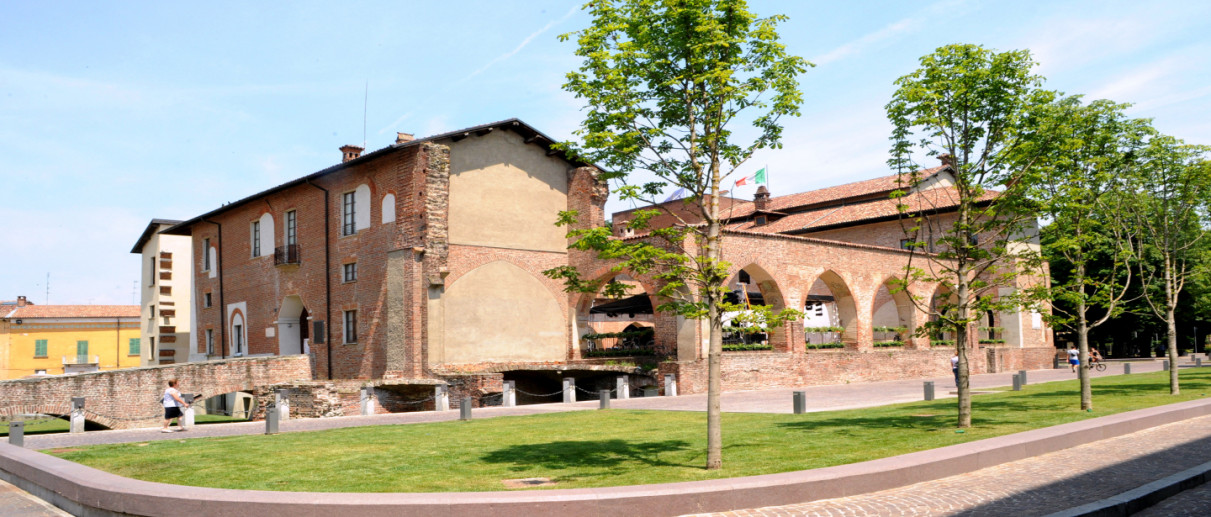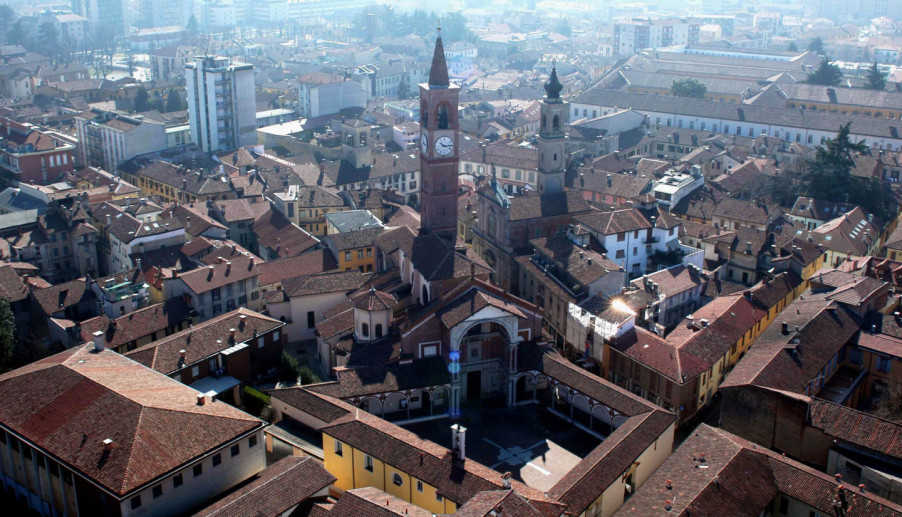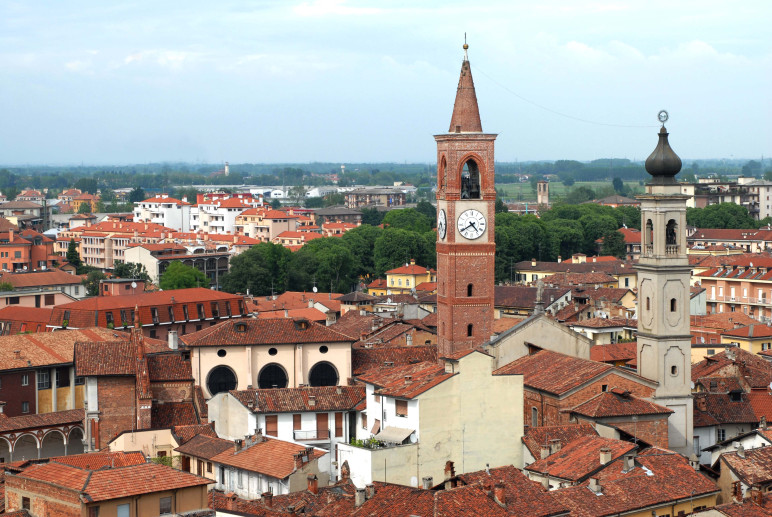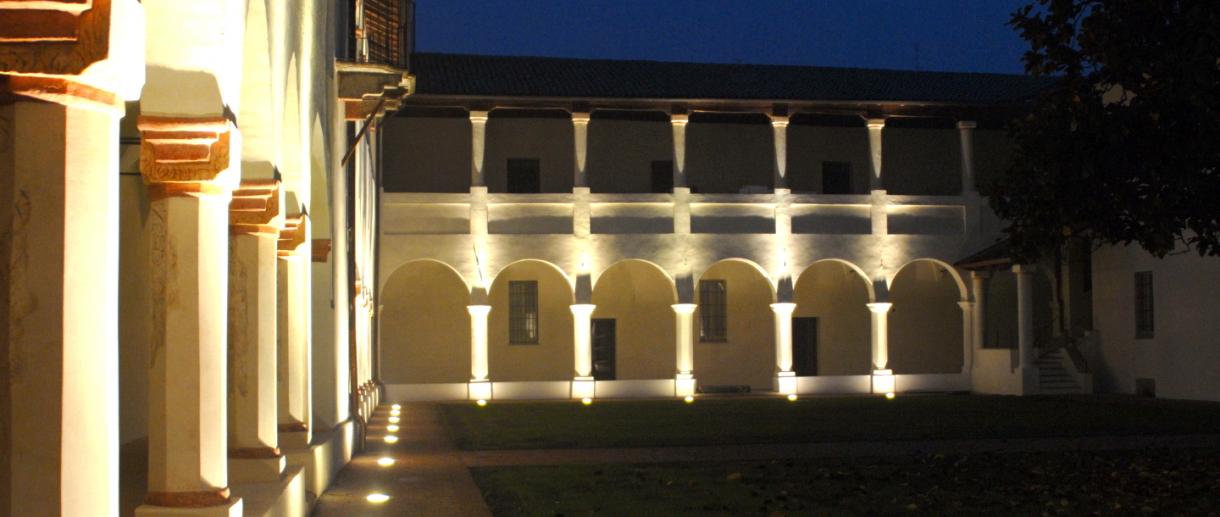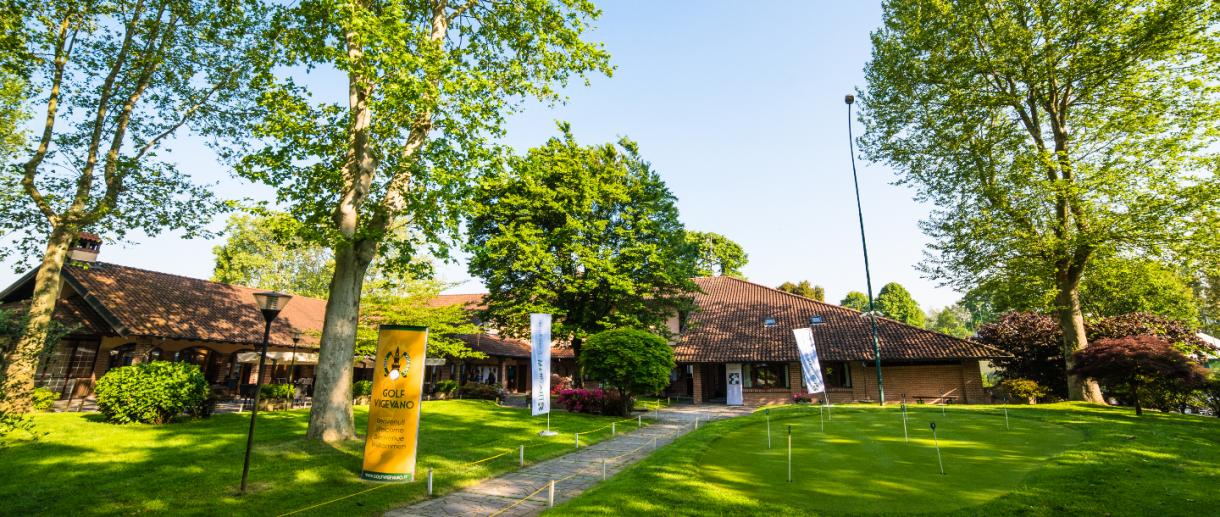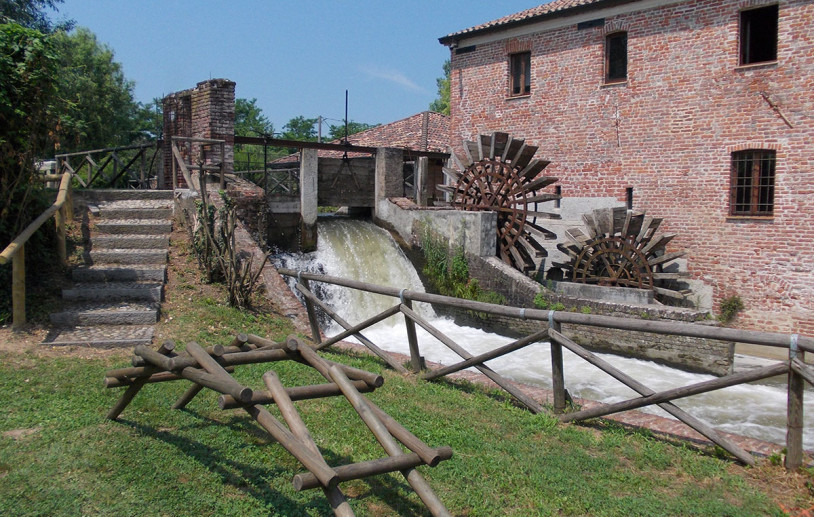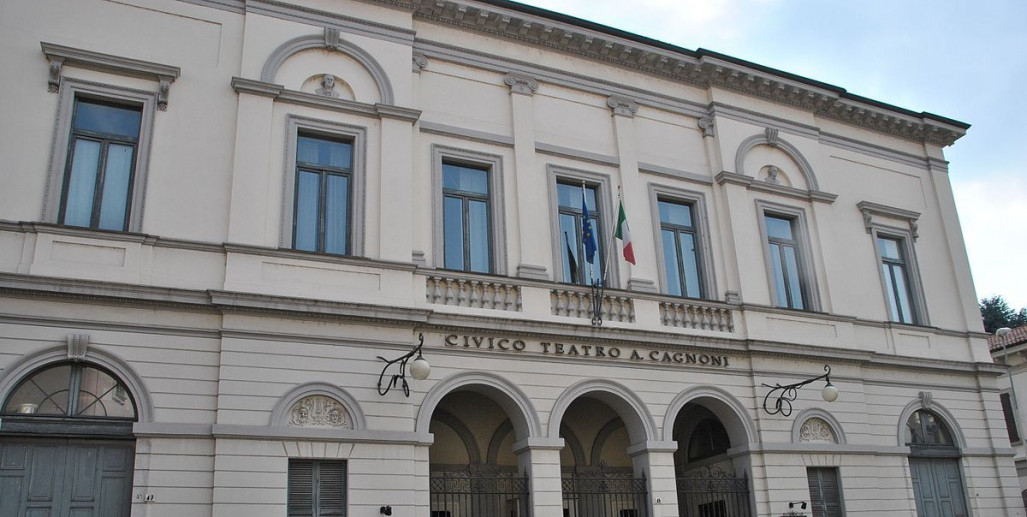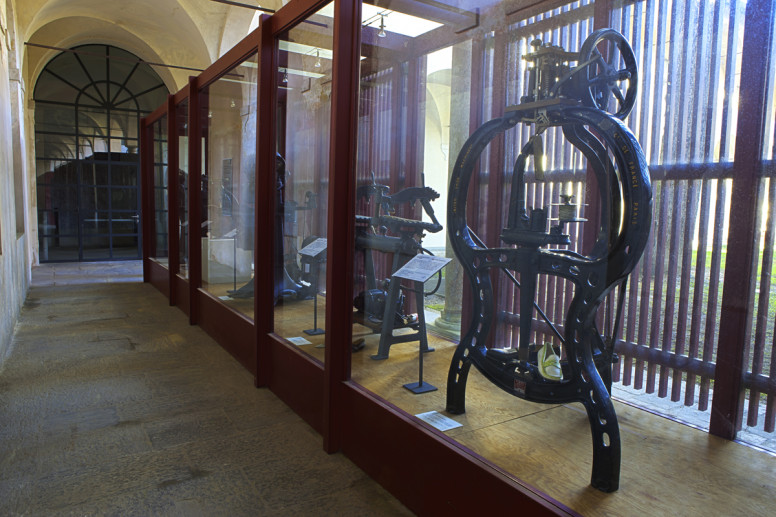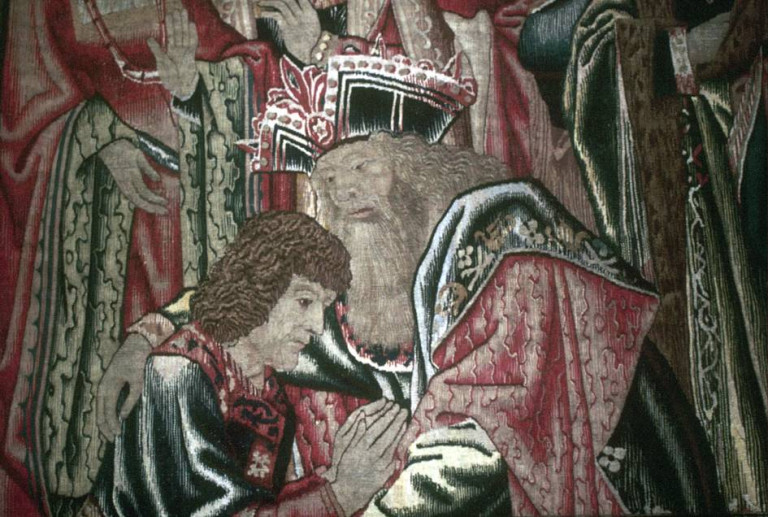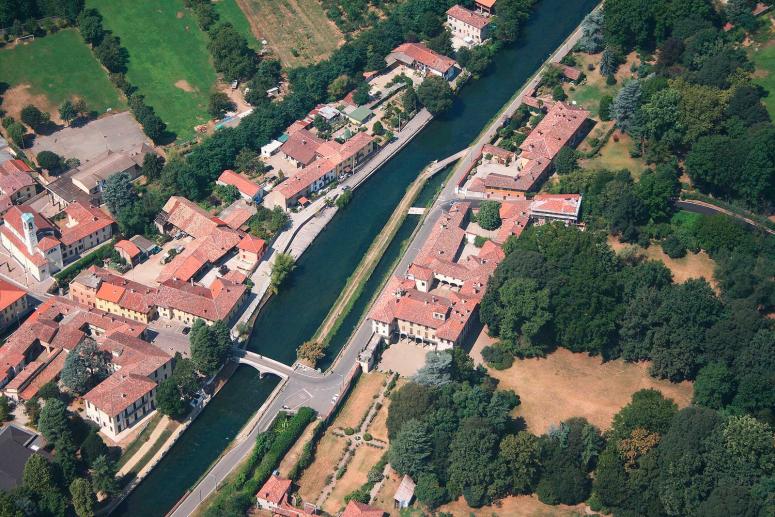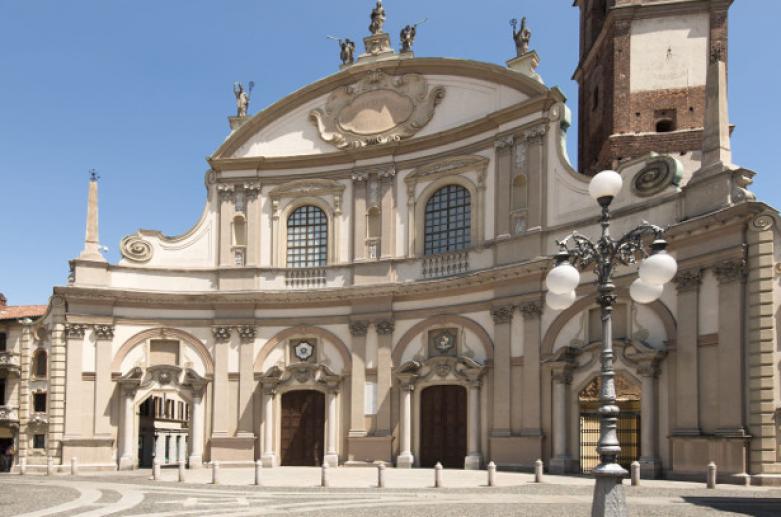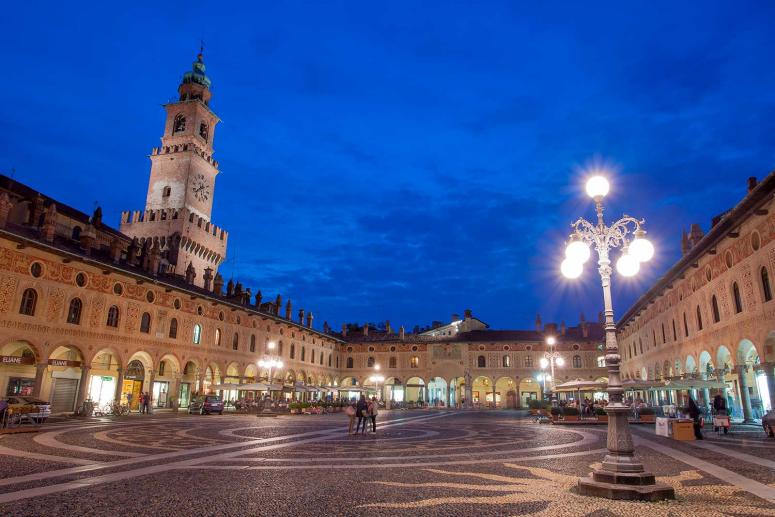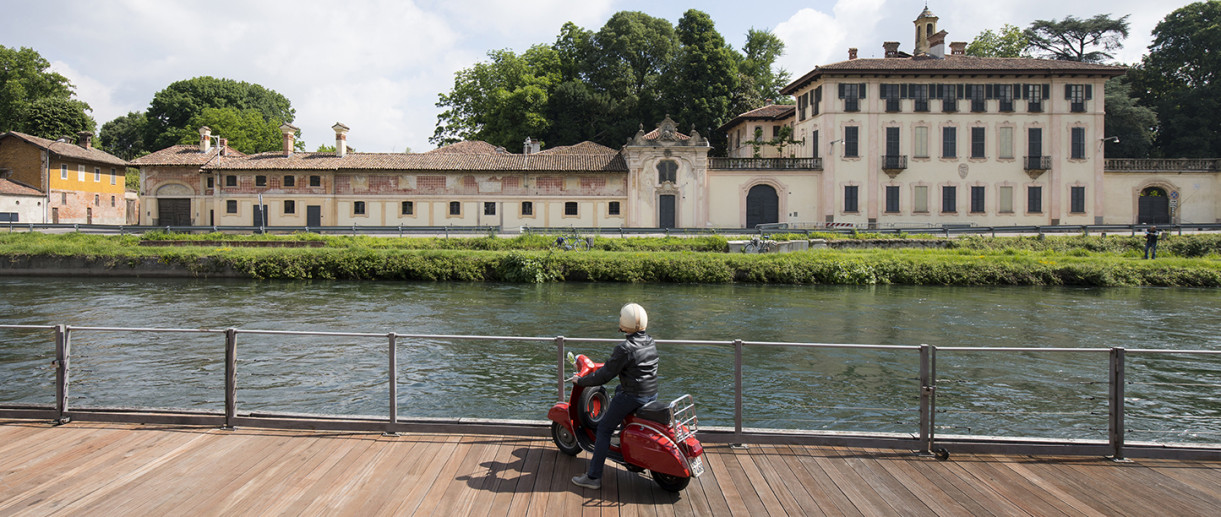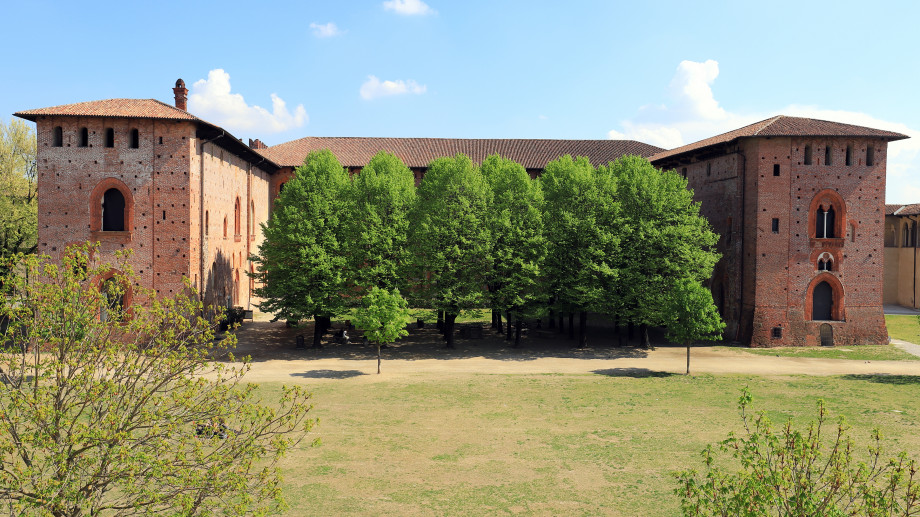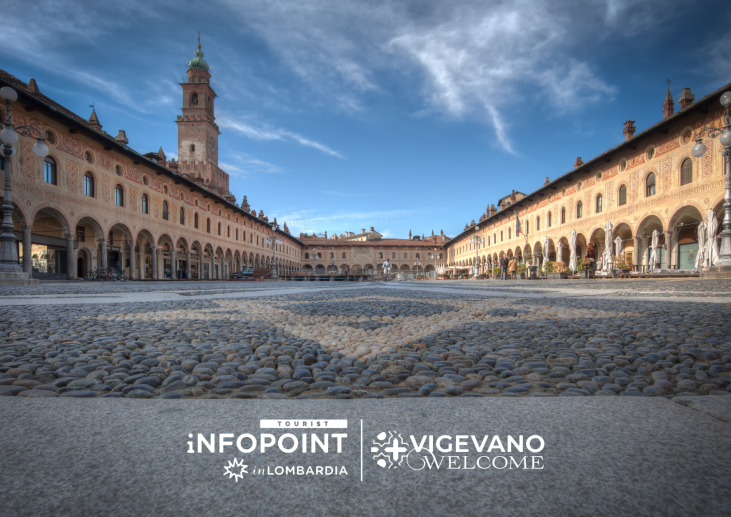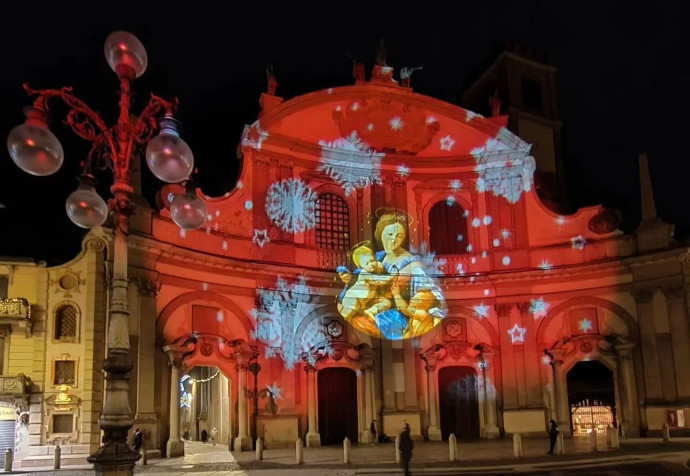- Villages
- Art & Culture
- Religious Tourism
Morimondo
It all began with the octagonal stone column (the 8th day, symbol of rebirth) that the French monks who came from Morimond in Burgundy planted in the clods of Ticino in 1136 which became the foundation of the new abbey of Santa Maria di Morimondo.
The Cistercian monks, following the rule of St. Benedict, give themselves to manual labour: they reclaimed the lands around the river, built irrigation channels, dealt directly with the agricultural activities, invented the use of the rotten meadow to have more grass and hay for livestock.
And they build the abbey in Gothic style by mixing river clay that when cooked in the furnace gave them bricks. It is monastic architecture, no frills, essential, based on the mysticism of light in relationship with shadow and geometry in buildings. The Lombard brick with its red colour imposes itself on the changing sky, when the horizon is veiled by the mist rising from the irrigation ditches and the springs.
This landscape of river, meadows, woods, rice fields and farms has received its agricultural vocation from the monks; there is continuity between the rows of poplars and the Cistercian architecture that expresses the spirituality of order, prayer, study, work and respect for nature.
The monastery has generated harmony in the village of Morimondo (MI) and today the village wants to regenerate the monastery: not only was it restored after the disgrace following the Napoleonic suppression but the billboards have disappeared from the streets, there are no longer overhead cables or multi-floor houses. Custody of the Ticino park is part of this conservation drive: the landscape now remains that which the monks saw from the abbey.
BORGHI PIÙ BELLI D’ITALIA #INLOMBARDIA
